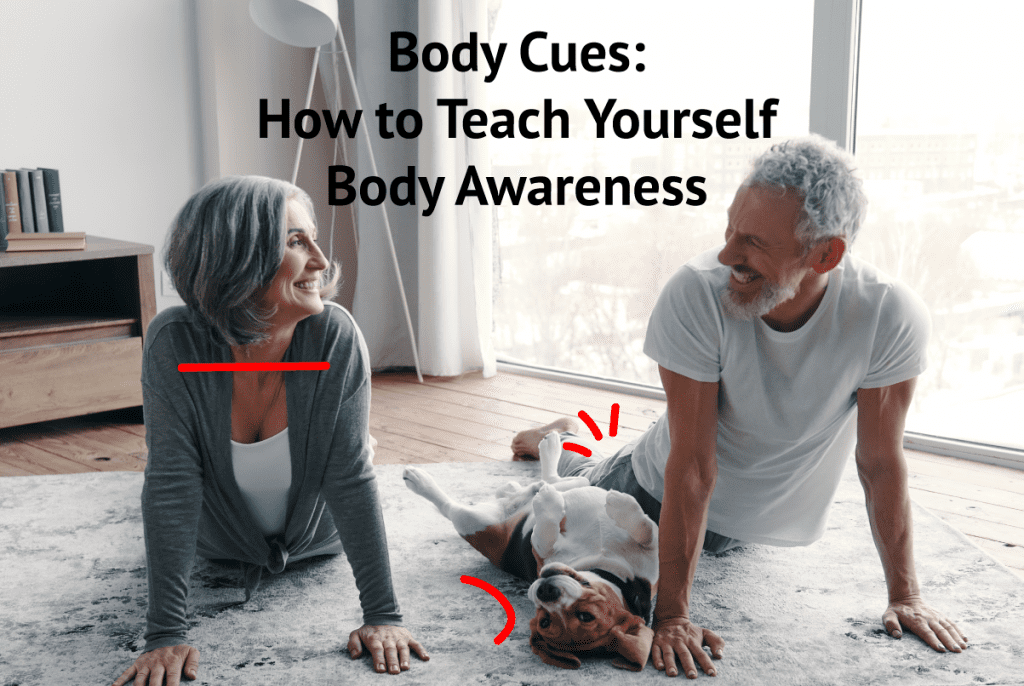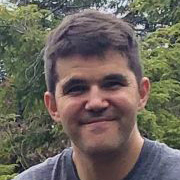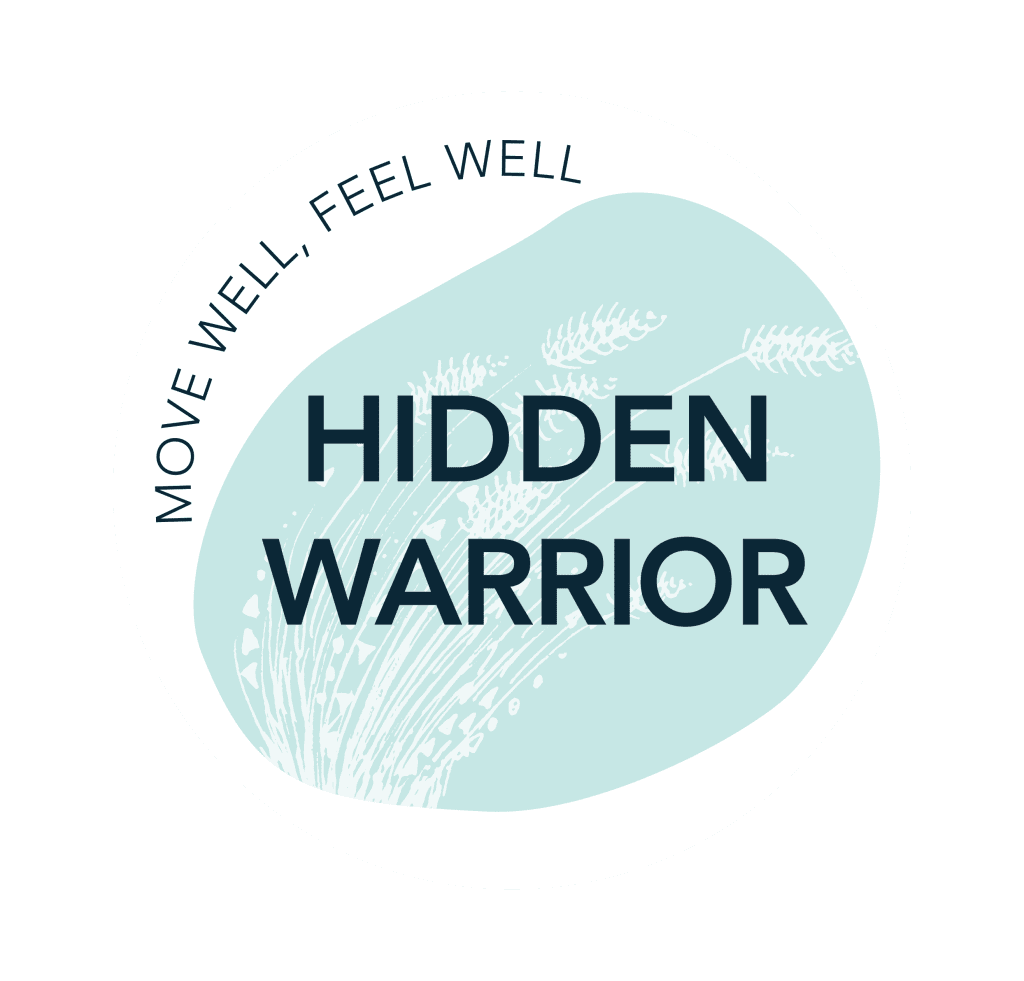Body awareness or proprioception is your ability to know where you are in space. For example, do you know where your foot is compared to the rest of your body right now? How about the angle of your left hip? Which way is your head leaning? Any of these questions a bit harder than the other? Well that’s kind of my point. Your depth of proprioception varies depending on experience and practice. Body awareness affects our ability to move, balance and even heal. The more body awareness you have the better off you are in all these categories. To put it simply, proprioception and health are linked at the hip. They are that couple at a party that never seems to stop holding hands. They are best friends. Sadly though, body awareness is a hard skill to teach.
Why? Well because the only way to increase your proprioception is consistent practice.
The key word here being consistent.
You know how you are supposed to eat many different types of foods? Movement is no different. If you only train and move your body in one modality: running, yoga, or circuit training for example you often end up with some strange awareness blind spots. Remember muscles, joints and tendons are energetically expensive. Meaning that your body being the overly efficient machine that it is will prioritize areas being used and will send less resources to the parts of the bodies that are not being moved, think the phrase if you don’t use it, you lose it.
But do not despair, better awareness can be cultivated through a couple of simple but powerful tools.
#1: Wall Squat
First, use body cues whenever possible. Body cues are movements that give you constant feedback. The movement itself let’s you know if you’re compensating or moving into a poor posture. A good example of this is the wall squat. Walk up to a wall, spread your arms out to the sides. Then start sitting your butt down to your heels (squat). Go as low as you can without hitting the wall or falling gently on to your derriere. Try a couple, do not worry if the squat depth is not available. Let the wall teach you how to reach new depths without muscle compensation. Another extension of the body cue concept that helps people gain a ton more awareness is external weights!
#2 Diaphragmatic Breathing
When you add a weight to your body you create compression which in turn grants more feedback. A superb example of this is using a weight during diaphragmatic breathing practice. Lie down with your legs bent and inhale through your nose, trying to expand your belly as you breathe in. Now put a small weight or a heavy book on your belly and repeat the breath. Even if you found your first try easy, the second clearly gives you more awareness. This technique can be used for far more complicated movements like warrior 3 or overhead presses.

#3 Muscle Control
Finally, one of the best ways to build muscle awareness is through a very old method aptly called muscle control. Popularized by a strongman named Maxick in the early part of the 20th century. Muscle control involves actively tightening specific muscle groups one at a time while keeping relaxed everywhere else. If you know how to move everything in isolation, it works more efficiently. A good way to start practicing this method involves trying to tighten all your muscles at once. Standing with your feet hip distance apart, arms relaxed to your sides, start tightening all the muscles from your neck down.

Do not be surprised if certain areas want to stay relaxed. Gently tap them with your hands and start again. Do not squeeze your muscles so hard you start shaking, build up to it over time! Afterwards do the exact opposite, feet hip distance apart and try to relax every muscle in your body. Pay special attention to your knee caps and your shoulder blades, with every exhale let them go.
Though these methods may seem simple, using weight, body cues and practicing muscle control can help your balance and proprioception practice. No matter what the level, if you add these principles into your daily life you will see some results. But ultimately if you remember nothing else remember this saying, use it or lose it.



